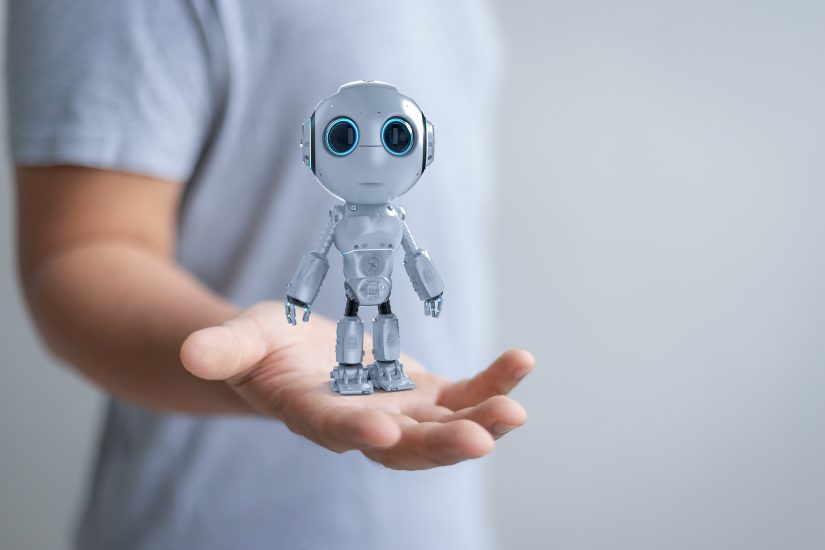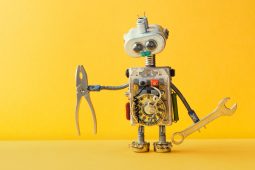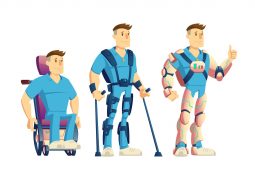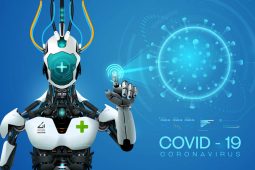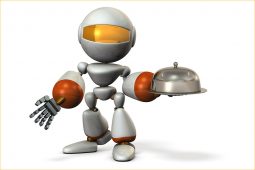The Engineer’s Dream of Robot Development
Robots often play a big role in Japanese anime and special effects dramas, helping humans and solving problems. If we speak of such robots we may think of Astro Boy, an autonomous human-sized robot; or the massive Giant Robo and Gigantor, which are remotely controlled by humans; or Mobile Suit Gundam, which humans operate from inside. These are all robots, though their size and method of control may differ widely.
Growing up familiar with such stories, there must be more than a few people who were inspired to become engineers out of a desire to make robots. The robots listed below may well represent a dream come true for the engineers who developed them.
Sony’s AIBO: Its Work is Simply to Delight
Our first example is Sony’s little dog-like robot, AIBO.
The first AIBO was released in 1999 as a robot to calm people’s minds by simply being cute. They served no practical purpose and were intended only as companions like dogs or cats. At the same time, they opened up a whole new market of domestic entertainment robots made for recreational purposes.
Perhaps the world was not then ready for such a product, as Sony stopped producing the original AIBO in 2006. However, this robot pet was relaunched as “aibo” in 2018.
A Therapeutic Robot Recognized by Guinness World Records
We must not leave out ND Software’s healing robot, PARO.
This robot comes in the form of a stuffed toy that is modelled on a baby seal. It reacts to people’s calls or patting, and answers with its voice and with the movements of its eyes, head, and legs. PARO was developed mainly by the National Institute of Advanced Industrial Science and Technology (AIST). Its purpose is to make animal therapy possible at institutions where bringing actual animals is difficult because of issues with safety or animal care.
The therapeutic efficacy of PARO has been authenticated and in 2002 Guinness World Records registered it as the “World’s Most Therapeutic Robot”.
A Pattable Healing Robot with a Happy Wagging Tail
The much simpler healing animaloid robot, Qoobo is also of much interest.
With a body like a round cushion with a protruding tail, the robot’s sole function is to wag that appendage. When the cushion is stroked, the gentle, happy wagging of the tail is exactly like that of a cat sitting in your lap. It must be a wonderful robot for cat lovers who live in rental accommodation where pets are not allowed.
When the developer, YUKAI Engineering, used crowdfunding to produce Qoobo, they raised twice the amount of their target, and Qoobo was a huge sales success story.
A Fusion of Smartphone and Robot
Allow me to introduce at least one robot with a readily comprehensible and definitive function. Consider RoBoHoN: a small humanoid robot that you can use as a smartphone.
RoBoHoN was developed by Sharp Corporation and it functions as an Android smartphone. It is not only robot shaped but can also stand, walk and dance. RoBoHoN can also work as a photo projector and you can even make conversation with it. Of course, you can make phone calls with it too.
Although, it is neither highly efficient nor particularly portable, there are no smartphones that elicit quite as much fun as this one.
* The names of companies, products and logos listed in this article are the trademarks or registered trademarks of each respective company.


